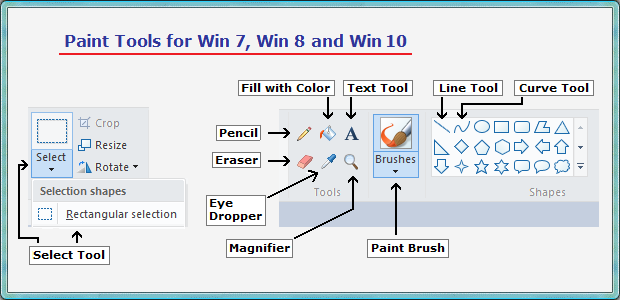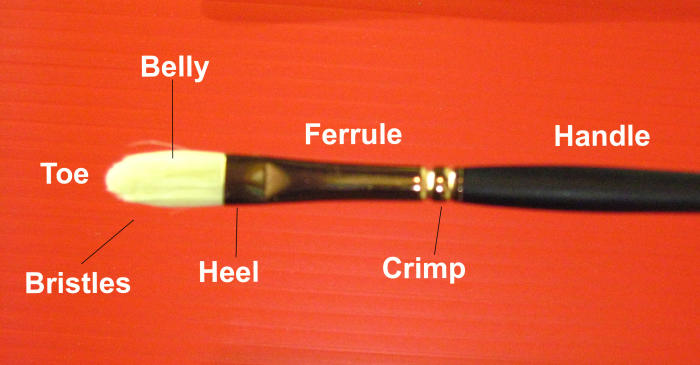

Good bristles do have what is known as a memory or the ability to flex back to their original position once bent or twisted in some other shape. Part of what give the painter the ability to paint straight edges is the shape of the brush. Also, when there are more bristles to hold the paint there is less chance that the paint will run down the bristles and onto the handle – and ultimately – your freshly manicured hand.įinally, it is wise to test the bristle memory. This means fewer trips from the paint bucket to the surface being painted – and less fatigue for the person doing the painting. This is important because a brush that has more bristles will hold more paint. In a cheaper brush the divider is larger leaving less room for the bristles. In a good brush the divider is smaller leaving room for more bristles.

By separating the bristles in half (in a line parallel with the width of the brush) the divider plug can be observed within the ferrule. Having plenty of bristles also is very important. In fact, in our opinion it’s worse than fingernails being swiped across a chalkboard. There is no more irritating experience than trying to remove paintbrush bristles from a freshly painted surface. If during the test several bristles fall out of the ferrule then you should steer clear of making a purchase. If the ferrule moves chances are buying that brush will prove to be a mistake. If the ferrule is properly attached it will feel solid and won’t wiggle. Slap the side of the brush against the palm of your hand. Is your underwear clean – well – is it? As easily as a loose pair of pants can drop to the ground, so can a friction fit ferrule slip off the handle of an inexpensive paintbrush. Now then, think about those consequences for a moment or two. Imagine the friction-fit ferrule as a loose fitting pair of pants – with no belt. On the other hand, an indication that the brush is not so good is evidenced when the ferrule is the “slip-on” type – nothing holds the ferrule in place except friction. The ferrule on a good quality brush is attached with screws, rivets or brads. Besides the bristles better quality brushes have several other important components: the handle, ferrule, divider plug and the metal insert. It is designed to keep the bristles properly shaped.īesides selecting the proper bristle type, you should study the brush’s overall construction very carefully as well. There are some bristles designed to work with both types of paint.

Generally, natural (animal hair) bristles are used with oil base paints and synthetic bristles are used with water base paints. “for use with oil base paints” or “for use with water base paint”, etc.) meaning – exactly – what it says. The message is usually pretty specific (i.e.

Good paintbrushes are available in natural and synthetic bristles and the use for which each type was designed is either marked on the brush package or somewhere on the brush itself. And it doesn’t look very good when used to cover a damaged wall.īut, once you’ve properly prepared a surface and begin painting you want the job of brushing to be as simple and effective as possible – well, don’t you!?! If the answer is yes, then you will want to take advantage of the following tips on paintbrush anatomy. You can bet that paint won’t stick very well when applied to a dirty wall. If you’ve been following our column for any length of time then you know we regularly preach that 80% of a good paint job depends on preparation. You may not be planning a ceiling mural, but if painting is on your mind then this week’s offering may interest you. Had Michael Angelo known as much about paint brushes as is known today he probably could have completed the Sistine chapel in half the time and with half the work.


 0 kommentar(er)
0 kommentar(er)
